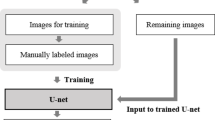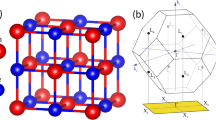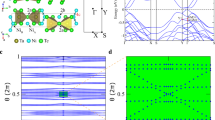Abstract
USERS of quartz crystals for telecommunication purposes will be anxious to know the practical importance of the results described by Dr. and Mrs. Wooster on the untwinning of quartz plates. The most effective method, in which a steady torque is applied to the plate during heat treatment, can be used for most cuts of the rotated Y-cut class. These include the important BT cut, but exclude the Y-cut itself and the Z-cut. In applying the treatment, depending on the fulfilment of certain conditions which will be discussed elsewhere, the proportion of successes can be so high that the large-scale processing of quartz plates to remove electrical twinning is a practicable proposition. This method can thus be applied directly to the majority of the practical cuts with the noteworthy exception of the X-cut. The X-cut can be treated by other means which, however, are at present less effective.
This is a preview of subscription content, access via your institution
Access options
Subscribe to this journal
Receive 51 print issues and online access
$199.00 per year
only $3.90 per issue
Buy this article
- Purchase on SpringerLink
- Instant access to full article PDF
Prices may be subject to local taxes which are calculated during checkout
Similar content being viewed by others
Author information
Authors and Affiliations
Rights and permissions
About this article
Cite this article
THOMAS, L., RYCROFT, J. & FIELDING, E. Control of Electrical Twinning in Quartz. Nature 157, 406 (1946). https://doi.org/10.1038/157406a0
Issue date:
DOI: https://doi.org/10.1038/157406a0



